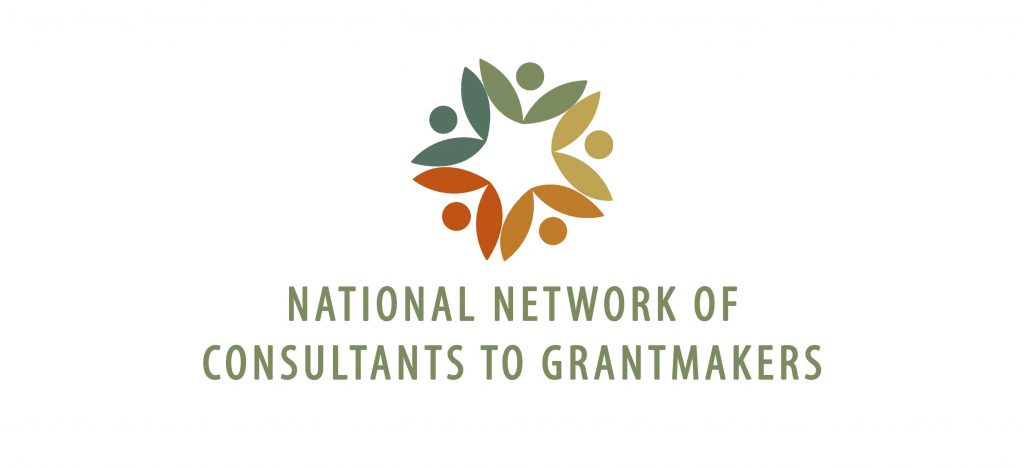When philanthropy consultants work together to serve and support funders, they can help their funder clients, the broader field, and themselves gain and share knowledge, understand and leverage a broader range of perspectives, and benefit from a variety of deep expertise. But what makes a philanthropy consulting partnership successful?
There are five elements, according to in “Effective Consulting Partnerships to Philanthropy,” a Foundation Review article by Ellen Irie, Kim Ammann Howard, and Ria Sengupta Bhatt of Informing Change, and Naomi Orensten of the Center for Effective Philanthropy.
“Effective partnerships share some basic qualities, some of which are unique to working with philanthropy and others which are qualities for any successful collaboration,” they write. “ Following these good practices will not necessarily make partnerships easy, but doing so can set the stage for healthy partnerships and provide foundations and consultants with ways to surface and address the accompanying challenges.”
The five elements of successful philanthropy-consultant partnerships are:
Shared purpose: Just as every consultancy has a purpose – whether developing a grantmaking strategy, reorganizing a foundation’s operational model, planning staff/board retreats, or creating a communications campaign – a consulting partnership must have a clear purpose. All players need to understand why the work is best suited to collaboration: where the content expertise lies, what skills are needed, and how they dovetail.
Defined roles and responsibilities: With multiple consultants involved, it can be easy to have too many cooks in the kitchen. Considering the importance of efficiently utilizing client resources, stakeholders must clarify who does what and, with regard to decision-making, who has the final say. What is the responsibility of one or the other consultant, and what is strictly the funder’s purview? And who decides these roles? Answers to these questions need be clarified for the consultants, the funder or client, and any grantees or others interacting with the consultants.
Mutual respect: Partnerships are most successful when each party respects the knowledge and expertise of the other, is open to feedback, and demonstrates flexibility when needed. A recent article about donor-grantee partnerships noted, “We are convinced that the best way to navigate these partnerships and deliver maximum impact is to anchor the relationship in empathy” (Stumpf & Rogers, 2014).
Open communication: Channels for timely, consistent, useful, and comfortable communication provide the structure needed to address the challenges that will inherently arise in any philanthropy-consulting partnership. Also, transparent communication is critical for surfacing and navigating the relationships and dynamics with and between funders and grantees.
Appropriate resourcing: More than other consultancies, horizontal consulting partnerships require ongoing communication and coordination. If partners have not worked together before, they may have a steep learning curve. Time, as the unit of income in the business model of consultants, comes at a cost. A consulting partnership should provide greater value than if there was not a partnership. Appropriate resources and time should be dedicated to forming a healthy, effective consulting partnership.
In addition to these five key elements, there are a number of things that consultants and foundation can do to lay the groundwork for success.
Consultants should make sure that each partner:
- Recognizes the mutual need for each other’s work in the partnership
- Shares a common vision
- Has clearly articulated culture and values
- Has skin in the game, along with a willingness to be transparent
- Agrees on a predefined structure and management
- Acknowledges relationships and dynamics
- Is willing and able to monitor and adjust as needed.
While foundations will rightly be focused mostly on the quality and utility of the consultants’ work rather than the workings of the consulting partnership, they also can contribute to the overall value of the work. For example, foundations can:
- Allocate appropriate resources to the consulting partnership that take into account relationship-building if necessary and coordination costs
- Be flexible in response to changes in project scope and timelines and understand the need to build in time for regular reflection and review
- Start small and anticipate a learning curve.
To learn more about consulting partnerships, read the full article.
This post was adapted from “Effective Consulting Partnerships to Philanthropy,” written by Ellen Irie, M.P.H., Kim Ammann Howard, Ph.D., and Ria Sengupta Bhatt, M.P.P. of Informing Change, and Naomi Orensten, Ed.M. of the Center for Effective Philanthropy. This article appeared in first-ever edition of The Foundation Review dedicated to philanthropy consulting (vol. 7, Iss. 1). Click here for this article and other open access articles from this edition.
Join us for a webinar on this topic December 9th, 2015. Register here.

